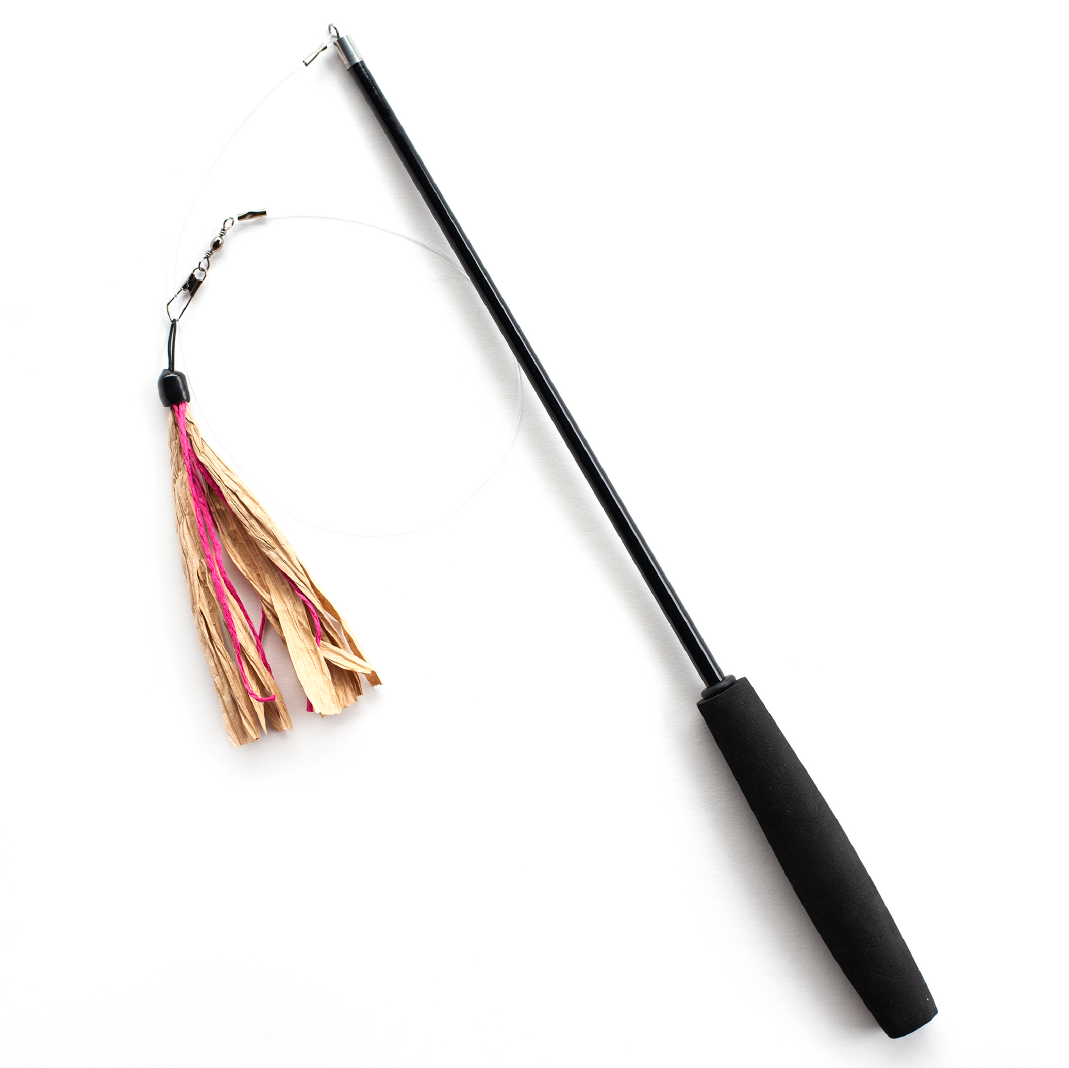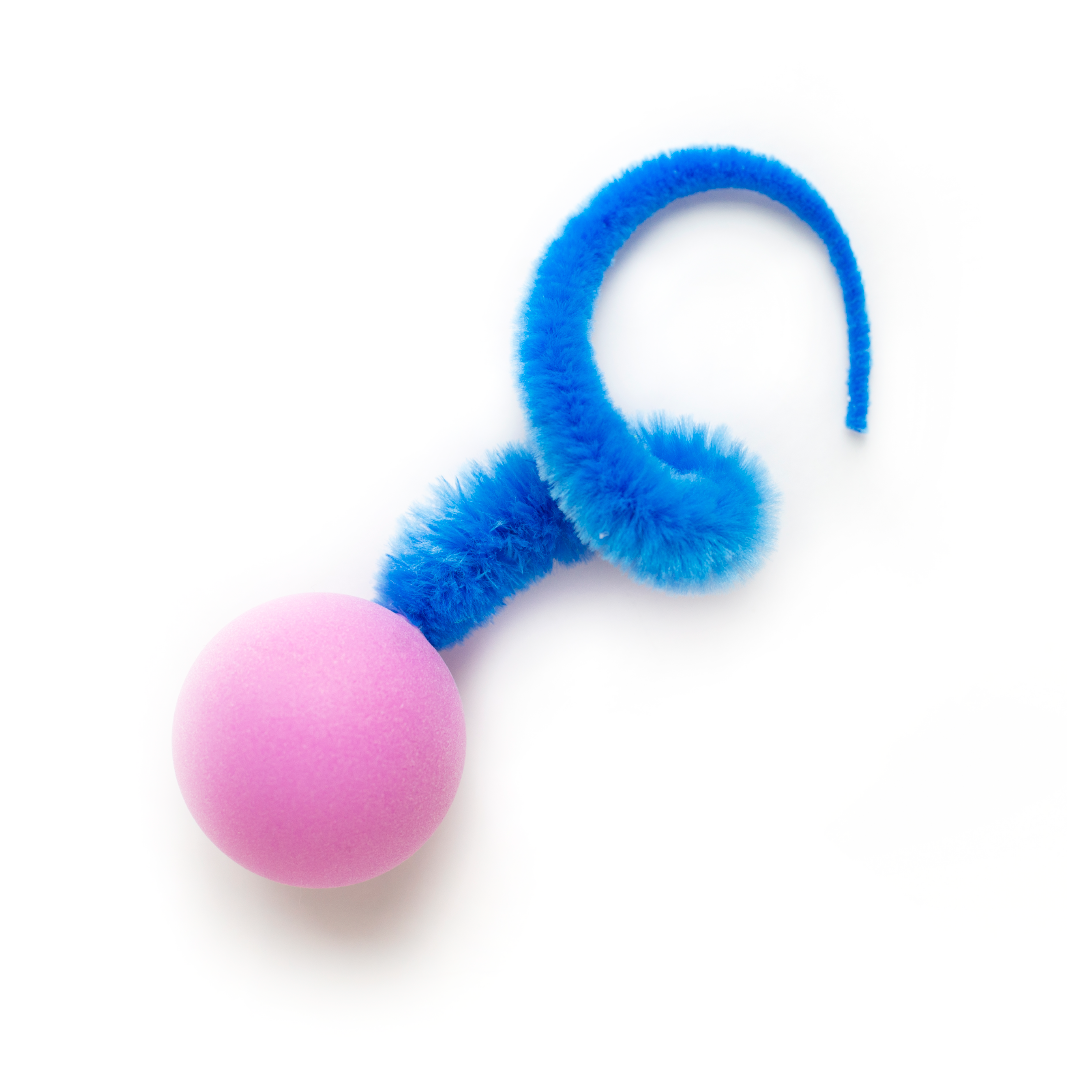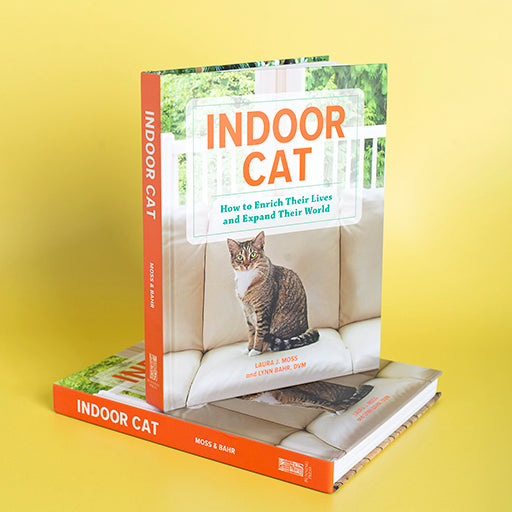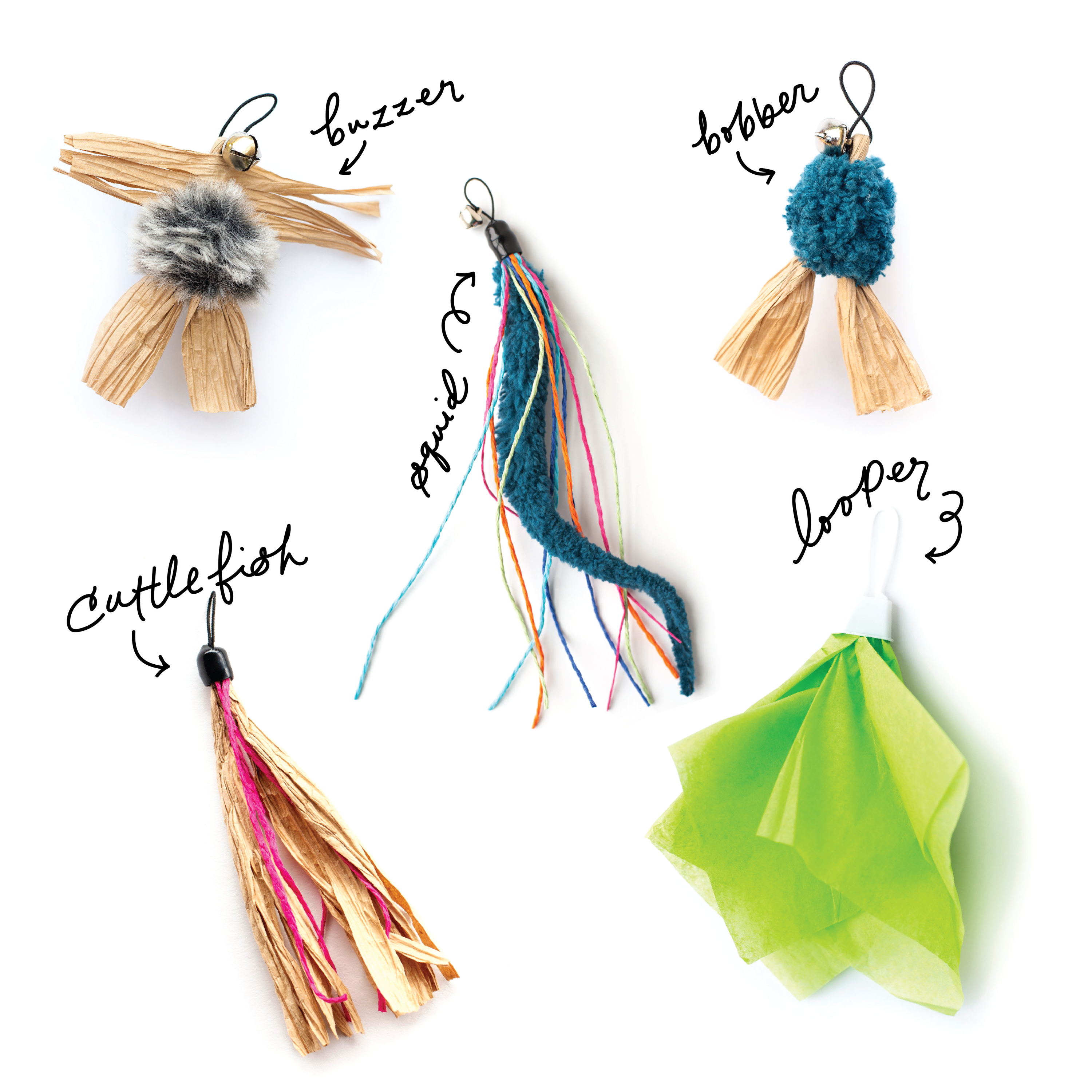Help Prevent Lily Toxicity and Save a Cat's Life
I recently treated a cat for acute kidney failure brought on by chewing the leaves of an Easter lily plant. The flowers were given as a gift, and the owners had no idea the lily was toxic to their feline friend. They were devastated to lose their companion and were overcome with guilt at something that could have been easily prevented if they had only known the plants weren’t safe.

Surprisingly, the toxicity of spring flowers isn’t as commonly known as it should be, given that even very small amounts of the plant can prove deadly for cats. Veterinarians often see cats with kidney failure that have had exposure to lily, especially during Easter and other spring celebrations. Even a small amount of the powder from some of the leaves can trigger deadly reactions. Petmd.com notes that “Though they may be beautiful to look at, a cat could die of kidney failure if he should eat any part of these toxic species [lilies], and not receive treatment immediately.”

Here are a few easy ways to make sure your cats aren’t exposed to toxic flowers (including tulips and lilies) this spring:
Be proactive and give your cat some greens!
Indoor cats do not have access to safer grasses, which is why they immediately seize any opportunity to eat houseplants (*RIP spider plant). Living strictly indoors is an unnatural state for cats, who by instinct like to forage, hang out in the sun, and eat grasses. While many cat parents are now learning how important cat grass is for their kitties, most people still aren’t aware of this necessity for happy, healthy cats.

Instead of risking them munching down on (possibly toxic) houseplants, give your cats access to grasses like wheat, rye, barley, mint, thyme, or lemon grass. Cats understand ownership and love being in control, so they’ll be thrilled to have their own plants to nibble on, and will be much more likely to leave the rest of the houseplants alone.
Don’t bring toxic plants into your home
While this seems obvious, we track outside matter into our homes more often than we think. Be aware of what you’re brushing up against while out and about. I was recently at a grocery store where the entire front of the store was stacked high with lilies and tulips. For someone not paying close attention, it would be too easy to brush against these plants and track toxic plant elements into your home. If someone gifts you one of these plants, consider keeping it on your desk at work.
Do research about the plants in your home
Cats are smart, acrobatic, and are notorious for being able to get into just about anything. It’s part of why we love them! If you have plants in your home, do a little bit of research to make sure they’re safe if your cat decided to taste them. If you find that you have a plant that is toxic for your cat, either keep it well out of reach or better yet, get rid of it altogether.

Please help us educate other cat lovers! Cat people are some of the most devoted animal lovers around, and we would do anything to keep our kitties happy, healthy, and safe. Share this blog post with your fellow cat lovers and help get the word out so no one has to experience the devastating loss of a beloved furry friend to plant poisoning!
*Note: spider plants are not toxic for cats, and they most likely enjoy eating them. We were just sad to lose ours.










